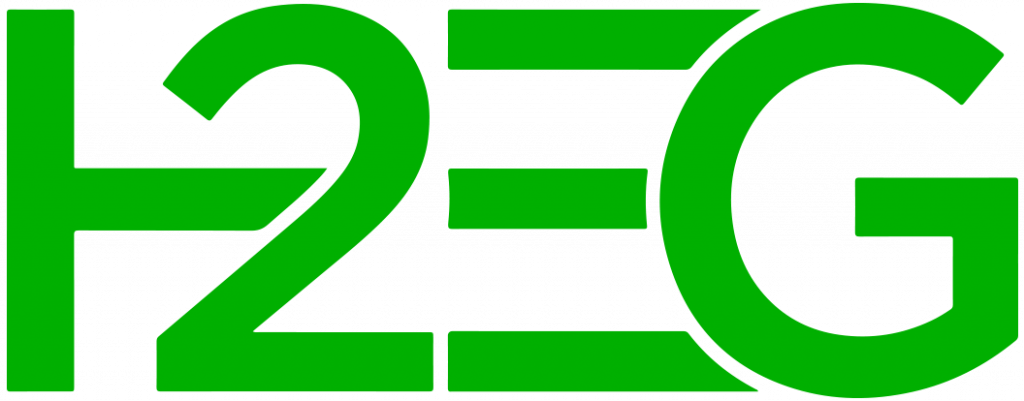
For FY2025, revenue rose 50% year-on-year to £26m ($35.3m), more than quadrupling over the past two years and falling within upgraded guidance.
The company ended the year with a contracted order backlog of £145.1m ($197m), up from £79.7m ($108.5m), with 60% comprising profitable contracts compared to a majority of loss-making legacy projects a year ago.
ITM expects the backlog of legacy projects to be reduced throughout 2026 and 2027 to leave only profitable projects. For FY2026, it expects a 50% increase in revenues to £35m–£40m ($47.5m–$54.3m).
Despite the revenue increases, losses widened with an adjusted EBITDA deficit of £33m ($44.8m), up from £30.4m ($41.3m) in 2024, and a pre-tax loss of £45.4m ($61.6m), up from £27.1m ($36.8m).
The firm attributed these to underutilised manufacturing capacity and a £13m ($17.6m) settlement payment to Linde for a previously disclosed dispute.
Gross losses also increased to £23.7m ($32.2m) from £16.7m ($22.8m), driven by £13.2m ($17.9m) in inventory write-downs and £9.6m ($13m) from fixed factory costs not yet contributing to output.
It anticipates EBITDA loss narrowing slightly in FY2026 to £27m–£29m ($36.7m–$39.4m), while keeping capex to £10m–£15m ($13.6m–$20.4m).
ITM beat its original cash position guidance of £160m–£175m ($217.3m–$237.6m) by posting £207m ($281.1m) at year-end, with positive cash flow in H2. ITM CEO Dennis Schulz said this would help fund growth initiatives, including the company’s recently launched Hydropulse subsidiary.
The new business is set to build, own, and operate decentralised green hydrogen plants using ITM technology to supply industrial customers under long-term offtake agreements.
Schulz claimed Hydropulse marked a new chapter for ITM and green hydrogen.
Operationally, the firm reported a dramatic improvement in quality metrics, with its factory acceptance test first-time pass rate rising from below 50% to 99%.
Schulz described the recent global political shake-up that has hampered many hydrogen ambitions as a “healthy maturation process”.
“The customer landscape, supply chains, and technologies are evolving, weeding out weaker projects and paving the way for a more resilient, commercially viable hydrogen market,” he stressed.

